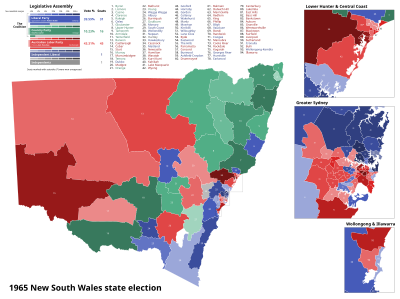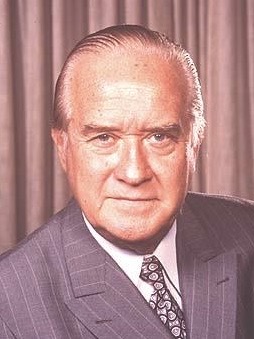
Sir Robert William Askin, GCMG, was an Australian politician and the 32nd Premier of New South Wales from 1965 to 1975, the first representing the Liberal Party. He was born in 1907 as Robin William Askin, but always disliked his first name and changed it by deed poll in 1971. Before being knighted in 1972, however, he was generally known as Bob Askin. Born in Sydney in 1907, Askin was educated at Sydney Technical High School. After serving as a bank officer and as a Sergeant in the Second World War, Askin joined the Liberal Party and was elected to the seat of Collaroy at the 1950 election.

John Brophy Renshaw was an Australian politician. He was Labor Premier of New South Wales from 30 April 1964 to 13 May 1965. He was the first New South Wales Premier born in the 20th century.
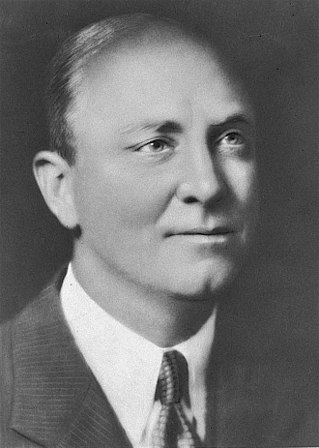
Alexander Mair was an Australian politician who served as Premier of New South Wales from 5 August 1939 to 16 May 1941. Born in Melbourne, Mair worked in various businesses there before moving to Albury, New South Wales where he went on to be a member of the New South Wales Legislative Assembly for fourteen years. In 1932, Mair was elected to the seat of Albury and was re-elected a further four times. He rose quickly through the cabinet of Bertram Stevens' United Australia Party government, becoming an Assistant Minister in April 1938, Minister for Labour and Industry in June and Colonial Treasurer in October.
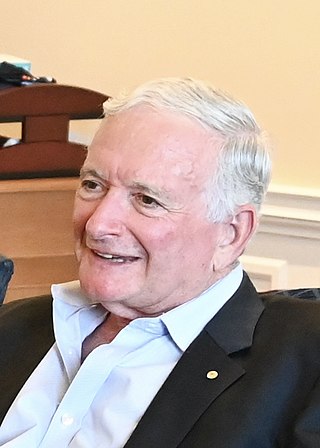
Elections to the 50th Parliament of New South Wales were held on Saturday 25 May 1991. All seats in the Legislative Assembly and half the seats in the Legislative Council were up for election. The Liberal–National Coalition government of Premier Nick Greiner, which enjoyed a considerable majority following their landslide win at the 1988 election, was seeking a second term in office against new Labor Opposition Leader Bob Carr.

A general election for the New South Wales Legislative Assembly was held in the state of New South Wales, Australia, on Saturday 1 May 1976. The result was a narrow win for the Labor Party under Neville Wran—the party's first in the state in more than a decade.

Elections for the New South Wales Legislative Assembly were held in the state of New South Wales, Australia, on Saturday 17 November 1973. The result was a win for the Liberal-Country Party coalition under Sir Robert Askin, which had been in office since 1965. As of 2023, this was the first and only time the Coalition won a fourth-term in New South Wales.
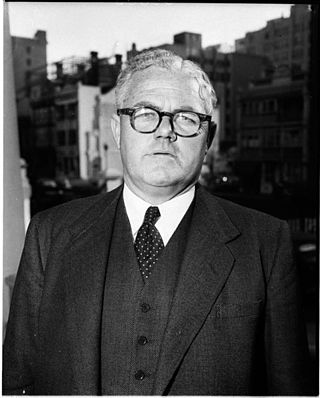
Philip Henry (Pat) Morton was an Australian businessman and politician. Born in Lismore in Northern New South Wales to a prominent political family and educated at Lismore High School, Morton left school at fourteen to be employed in a legal firm, before branching out into various businesses. Moving to Sydney, Morton first entered politics in 1944 as an Alderman on Mosman Municipal Council, rising to be Mayor in 1946. Morton then entered the New South Wales Legislative Assembly on 3 May 1947, representing the Electoral district of Mosman for the Liberal Party.

The 1953 New South Wales state election was held on 14 February 1953. It was conducted in single member constituencies with compulsory preferential voting and was held on boundaries created at a 1952 redistribution. The election was for all of the 94 seats in the Legislative Assembly.

The 1944 New South Wales state election was held on 27 May 1944. It was conducted in single member constituencies with compulsory preferential voting and was held on boundaries created at a 1940 redistribution. The election was for all of the 90 seats in the Legislative Assembly.

The 1956 New South Wales state election was held on 3 March 1956. It was conducted in single member constituencies with compulsory preferential voting and was held on boundaries created at a 1952 redistribution. The election was for all of the 94 seats in the Legislative Assembly.

The 1959 New South Wales state election was held on 21 March 1959. It was conducted in single member constituencies with compulsory preferential voting and was held on boundaries created at a 1957 redistribution. The election was for all of the 94 seats in the Legislative Assembly.

The 1962 New South Wales state election was held on 3 March 1962. It was conducted in single member constituencies with compulsory preferential voting and was held on boundaries created at a 1961 redistribution. The election was for all of the 94 seats in the Legislative Assembly.
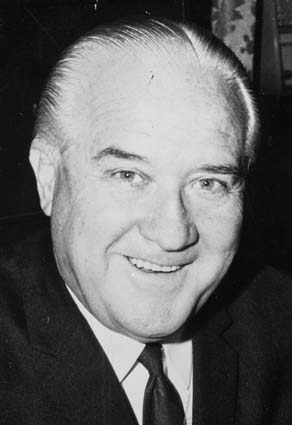
The 1968 New South Wales state election was held on 24 February 1968. It was conducted in single member constituencies with compulsory preferential voting and was held on boundaries created at a 1966 redistribution. The election was for all of the 94 seats in the Legislative Assembly. The Liberal Party, led by Premier Robert Askin, in Coalition with the Country Party of Deputy Premier Charles Cutler, was elected for a second term—the first time that a non-Labor government had been reelected since before World War II.
New South Wales politics takes place in context of a bicameral parliamentary system. The main parties are the Liberal and National parties of the governing Coalition and the Australian Labor Party. Other minor political parties include the Greens, Shooters, Fishers and Farmers Party and One Nation, along with multiple independents.
The Askin–Cutler ministry (1965–1968) or First Askin ministry was the 62nd ministry of the government of New South Wales, and was led by the 32nd Premier, Bob Askin, of the Liberal Party in coalition with the Country Party, led by Charles Cutler. The ministry was the first occasion in the history of government in New South Wales that the Liberal and Country Party formed a coalition in government. It was also the first of six occasions when Askin was Premier; and when Cutler was Deputy Premier.
The Askin–Cutler ministry (1968–1969) or Second Askin ministry was the 63rd ministry of the Government of New South Wales, and was led by the 32nd Premier, Bob Askin, of the Liberal Party in coalition with the Country Party, led by Charles Cutler. It was the second of six occasions when Askin was Premier; and when Cutler was Deputy Premier.
The Askin–Cutler ministry (1969–1971) or Third Askin ministry was the 64th ministry of the Government of New South Wales, and was led by the 32nd Premier, Bob Askin, of the Liberal Party in coalition with the Country Party, led by Charles Cutler. It was the third of six occasions when Askin was Premier; and when Cutler was Deputy Premier.
The Askin–Cutler ministry (1971–1973) or Fourth Askin ministry was the 65th ministry of the New South Wales Government, and was led by the 32nd Premier, Bob Askin, of the Liberal Party in coalition with the Country Party, led by Charles Cutler. It was the fourth of six occasions when Askin was Premier; and when Cutler was Deputy Premier.
The Askin–Cutler ministry (1973) or Fifth Askin ministry was the 66th ministry of the government of New South Wales, and was led by the 32nd Premier, Sir Robert Askin, of the Liberal Party in coalition with the Country Party, led by Sir Charles Cutler. It was the fifth of six occasions when Askin was Premier and when Cutler was Deputy Premier.
The Askin–Cutler ministry (1973–1975) or Sixth Askin ministry was the 67th ministry of the government of New South Wales, and was led by the 32nd Premier, Sir Robert Askin, of the Liberal Party in coalition with the Country Party, led by Sir Charles Cutler. It was the sixth and final occasion when Askin was Premier; and when Cutler served as Deputy Premier to Askin.
